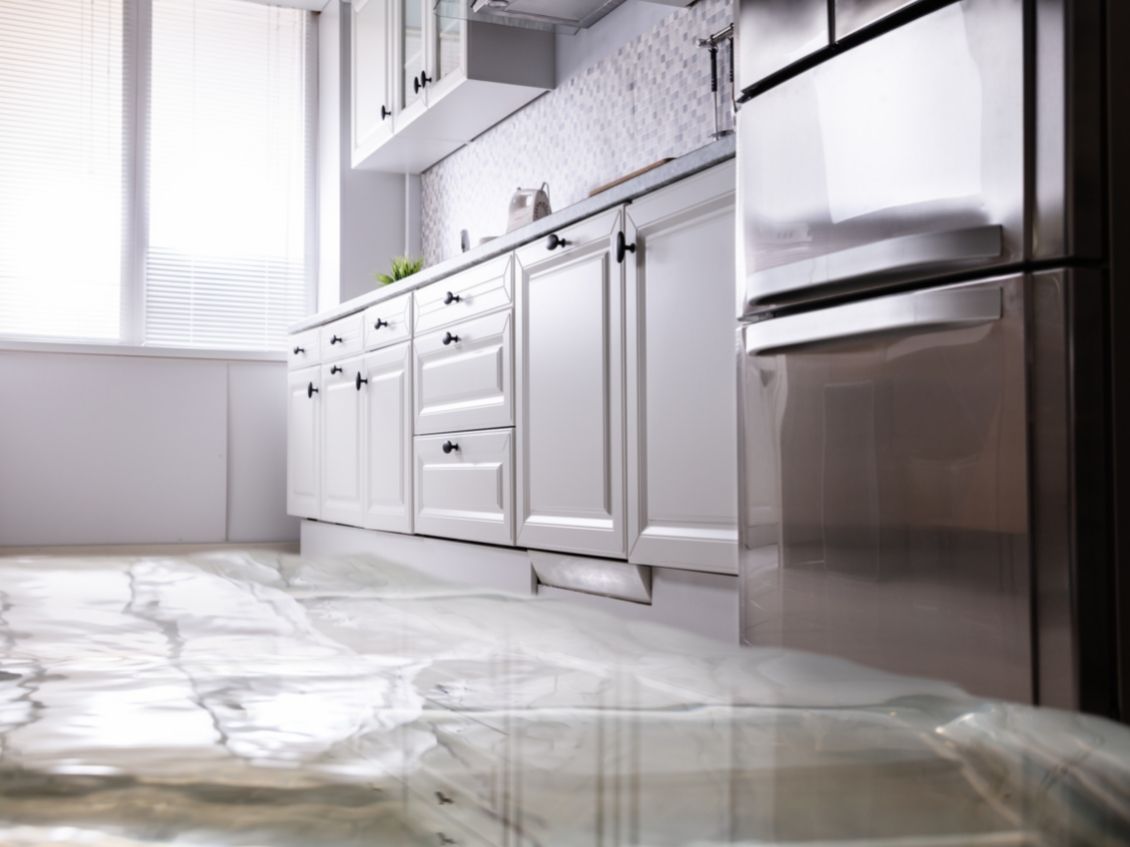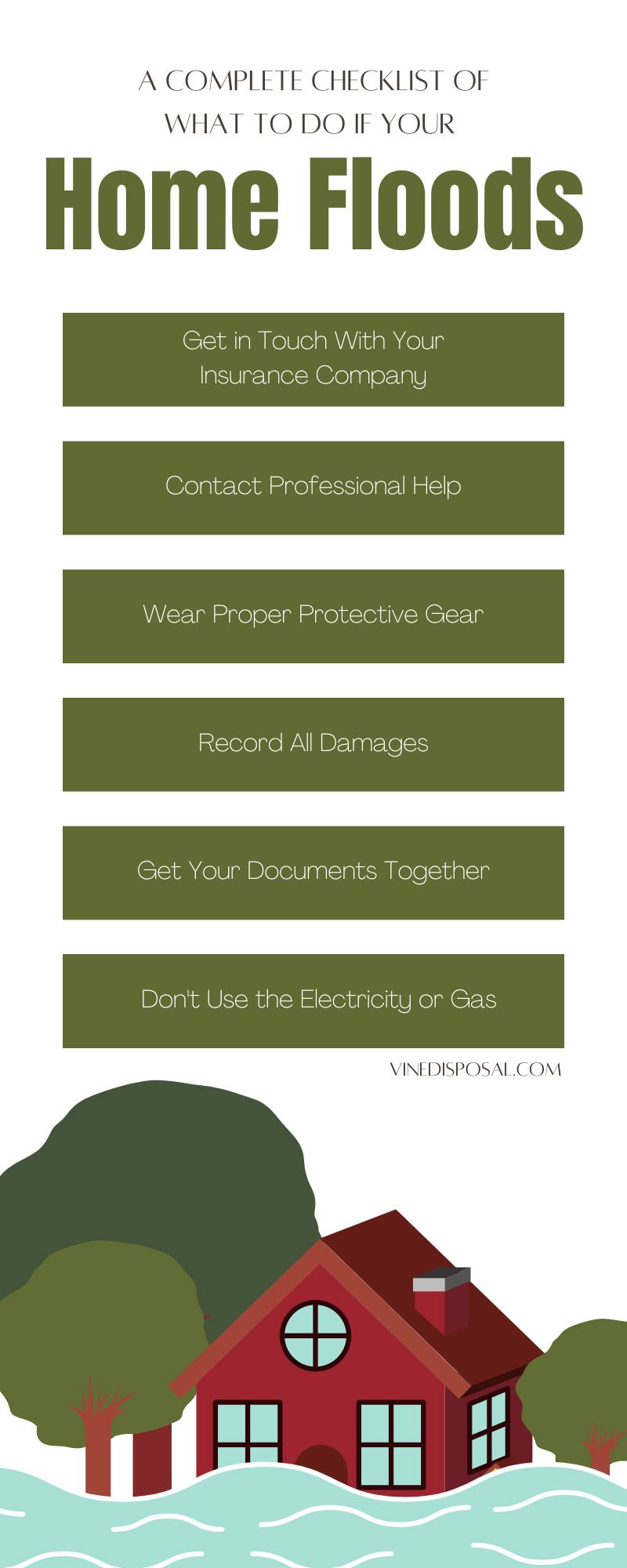
A flood in your home can be overwhelming, but knowing what to do can make the cleanup process easier. Here are answers to common questions people have after a flood.
Who Should I Call First If My House Floods?
The first thing you should do is call your insurance company. They can tell you what your policy covers, including home repairs, damaged furniture, and temporary housing. If your car was also in the flood, contact your car insurance company as well. The sooner you report the damage, the sooner they can start your claim.
How Do I Get Help With Cleaning Up After a Flood?
Flood cleanup can be difficult, especially if there’s a lot of water damage. You may need to hire professionals to help with:
-
Water removal – If water is still in your home, a flood cleanup company can pump it out.
-
Mold prevention – Experts can dry out your home to stop mold from growing.
-
Waste removal – Renting a dumpster is an easy way to get rid of damaged furniture, carpets, and other items.
Your insurance company may have a list of professionals who can help, or you can find a trusted company on your own.
What Safety Precautions Should I Take After a Flood?
Floodwater can contain bacteria, chemicals, and sharp objects. Stay safe by:
-
Wearing protective gear – Wear gloves, boots, long sleeves, and a mask to avoid touching dirty water.
-
Turning off electricity and gas – Do not touch electrical outlets or appliances if water is inside your home. If you smell gas, leave the house and call emergency services.
-
Avoiding floodwater – Do not step into standing water if you don’t know how deep it is.
How Do I Prove Flood Damage to My Insurance Company?
Before cleaning up, take photos and videos of all damage. This will help when filing an insurance claim.
-
Take close-up photos of damaged furniture, walls, and floors.
-
Write down details of everything that needs to be replaced, like brand names and model numbers.
-
Save receipts for anything you buy to fix your home.
What Documents Should I Protect After a Flood?
Some important documents can be hard to replace if they get wet. Keep these safe:
-
Birth certificates
-
Social security cards
-
Home deeds
-
Insurance policies
If they got wet, carefully dry them out as soon as possible. In the future, store them in a waterproof container to prevent damage.
How Do I Dry Out My Home After a Flood?
Mold can start growing within 24 to 48 hours, so drying out your home fast is important.
-
Open all windows and doors to let fresh air in.
-
Use fans and dehumidifiers to speed up drying.
-
Throw away anything that can’t be fully dried, like soaked carpets and furniture.
What Should I Throw Away After a Flood?
Some items can’t be saved after a flood because they hold moisture and grow mold. You should throw away:
-
Carpets and rugs that were soaked
-
Mattresses and couches that absorbed floodwater
-
Food and drinks that got wet
-
Wooden furniture that was underwater for too long
Renting a large dumpster can make waste removal easier, especially for heavy or bulky items.
How Do I Prevent Mold After a Flood?
Mold grows fast in damp areas. To prevent it:
-
Dry out your home as quickly as possible.
-
Scrub walls, floors, and furniture with hot water and disinfectant.
-
Throw away any moldy or damp items that can’t be dried.
How Can a Dumpster Rental Help With Flood Cleanup?
Flood cleanup creates a lot of waste, including damaged furniture, soaked carpets, and ruined personal belongings. A dumpster rental makes it easier to:
-
Get rid of large items in one trip.
-
Keep your property clear of trash piles.
-
Speed up the cleanup process.
If you need help with waste removal, Vine Disposal offers dumpster rentals to make flood cleanup easier. Contact us today for more information on renting a dumpster for your home recovery.

